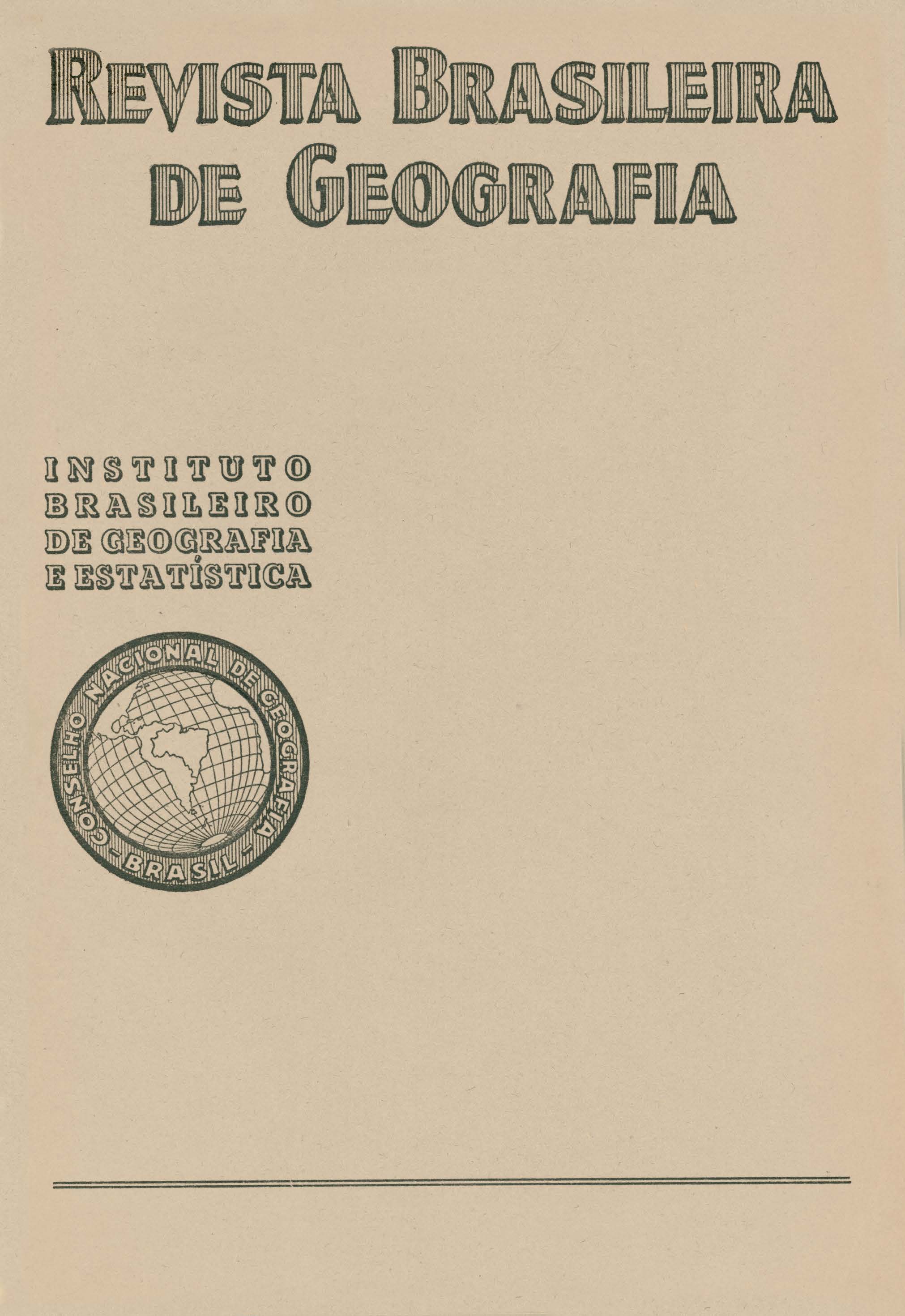Fronteiras amazônicas
Resumo
Lieutenant Colonel LIMA FIGUEIREDO, of the Editing Committee of this Review, deals in this article with the Brazilian Amazonian frontiers with the neighbouring countries. His work is divided into three chapters, of which we submit brief resumés. In the first · chapter he states that the boundaries with the British and Dutch Guianas and the republics of Colombia and Perú are perfectly defined and plotted. Those with Venezuela are under way and to bring to a close the Bolivian ones only a few parts are missing.
In the frontier of Amazonia are to be found the extreme Northern and Western points of Brazil, namely Mount Caburai (5" 16' 19", 60 lat. North and 60" 12' 43", 28 long. West Greenwich, respectively).
The second chapter is dedicated to the description of those frontiers. This study begins with the limits of the French Guiana, not yet plotted, extending approximately 655 kilometres, and uninhabited from the middle third part of the Oyapock River. The frontier with the Dutch Guiana extends over the Tumucumaque, is perfectly defined, measures in ali 692 kilometres and 40 metres and is entirely uninhabited.
The boundary line with the British Guiana is entirely plotted out and measures 907 614 kilometres on land and, over water, 698 186 km. it is inhabited and some English religious ministers established missions along the border. The total extension of the frontier is about 2 200 km and is composed of marshy regions easy to reach and of rocky ones of difficult access. Part is inhabited by civilized people, the remainder being either uninhabited or inhabited by Indian tribes. The frontier with Colombia measures 1 644 180 km and is entirely surveyed and plotted out. "An important fact was observed as a result of the plotting of the frontier, namely that the outline of Brazil there was greatly modified giving the impression that the lands of the country of Santander (Venezuela) encroach upon those of Brazil. This, however, is only apparently so, because actually it was the geographical accidents that were not represented in their proper places". The frontier with Perú is fully plotted out in its extension of 1 565 km 83,39 m, of which 572 km 774,11 m are over water and 992 km 309,28 m on land. Our frontier with Bolívia was regulated by the Treaty of Petrópolis and definitely fixed by the Treaty of Natal in 1928. Nearly all of it is inhabited. Of all these frontiers the author renders a detailed description accompanied by studies of the questions and arbitrations verified in the plotting of several of them, by the further description of the principal rivers or water sources that make up, or commence, or influence their outline, and by the analysis of their settlement.
The last chapter is dedicated to the study of the communications with the frontiers and of the lines of penetration into Brazil from the bordering countries. In this interesting and detailed study he follows the same order adopted in the description of the frontiers. He ends his study by stating: - "We have thus concluded this self-imposed task, showing the frontiers which our heroic ancestors have bequeathed to us and which, by the grace of God, we shall hand down to our grandchildren, with no desire to widen them, but ready to make the extreme sacrifice in order to defend them at any cost".






